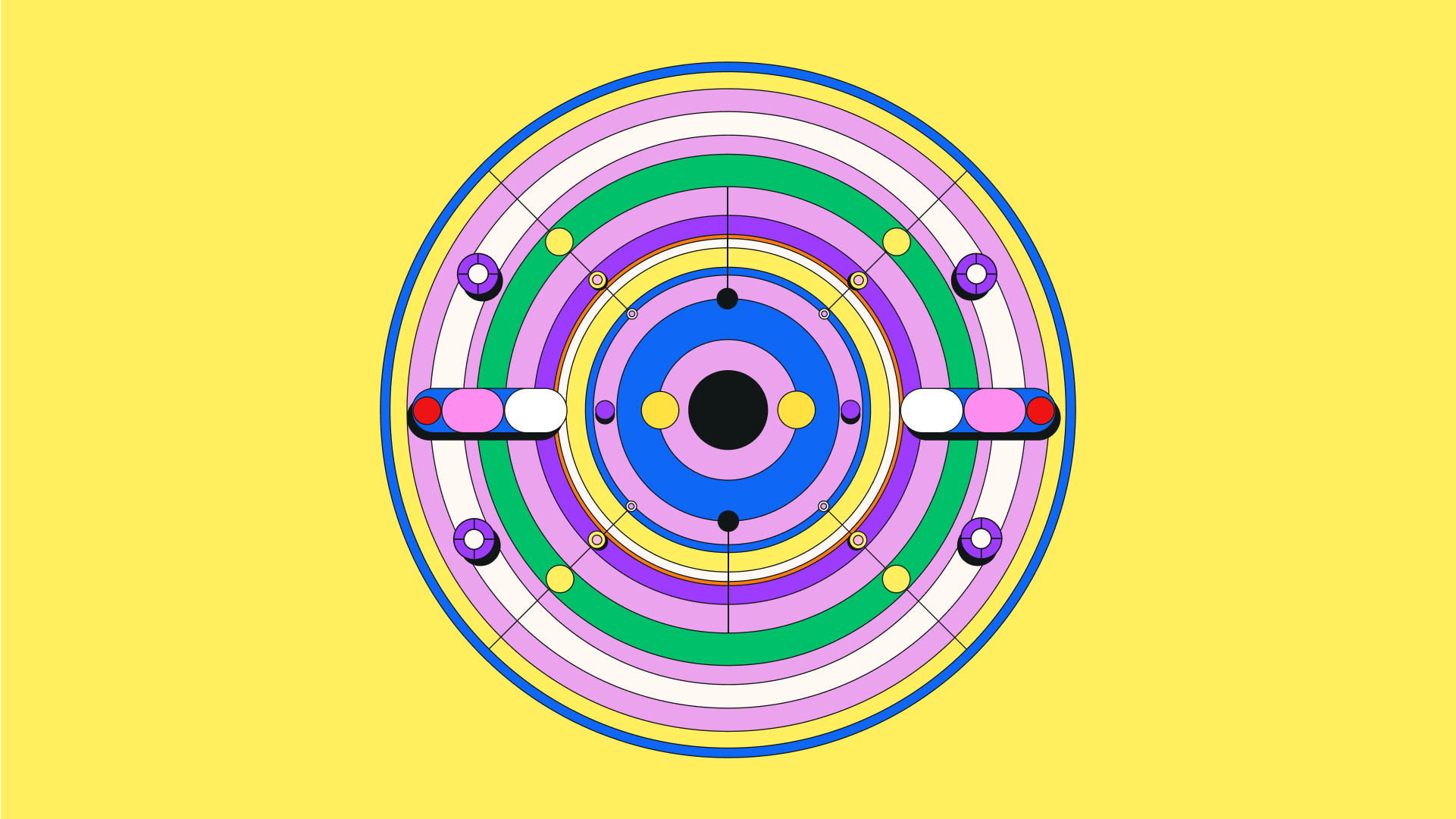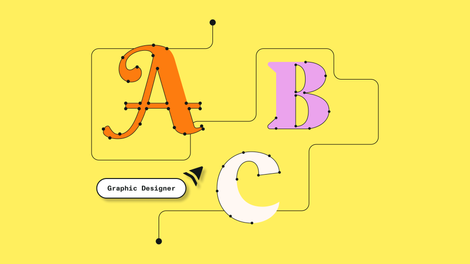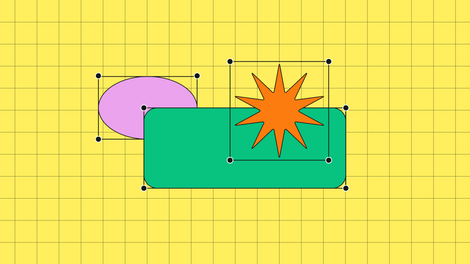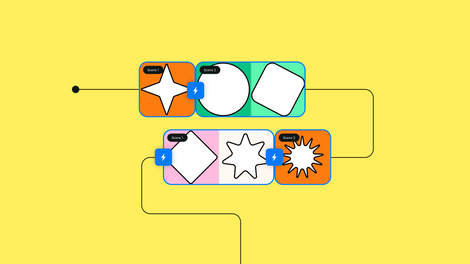Everyone is talking about AI-generated art these days.
The field has gone from being a hardcore technologist’s realm to being something that even your mum is probably tinkering with (because let’s be honest, who didn’t get swept up in the AI selfie craze last year?). We’ve already taken a look at how the new tech might impact artists and illustrators, but it turns out that as well as putting talented artists out of work, there are other impending problems coming over the horizon.
Jumpstart your ideas with Linearity Curve
Take your designs to the next level.
A big emerging issue right now centers around who has copyright ownership of images generated by artificial intelligence. It’s an incredibly thorny problem—professional artists are enraged, copyright offices are confused, and lawyers are gearing up to have a field day.
Truth be told, no one really knows exactly what is going on. There are a number of court cases on the horizon and things are about to get pretty serious. Whether you’re a graphic artist or someone that will be using AI to create art, you’re going to need to get yourself up to speed with the latest developments and think about how it might impact your future work. So let’s dive in and see where we’re at.

In case you don’t know what AI art is
To put it simply, AI art is any artwork that is created by one of the AI-image generators. There are quite a few of these image generators on the market now, with Dall-E, Midjourney, Stable Diffusion and DreamUp being the main players. They all work in the same way—humans give the software text prompts, and then in next to no time the software spits out AI-generated images based on these inputs.
People are going crazy because the quality of the AI-created art is pretty high and enables those with next to no artistic skill to produce quality digital images in a matter of seconds. Do you want a picture of a happy dog riding a bike on the moon? Then just type in the relevant text prompts and your wish will be granted. What about a self portrait by Van Gogh, but Van Gogh if he happened to look the Mona Lisa? The magic AI can make this for you too! All of the resulting computer-generated works created using these software models are considered AI art.
Using AI to create art in this way is fun, accessible, and fast. It’s easy to see why so many people have been jumping on board and playing around with the software. What you might not immediately understand is why so many artists are incredibly angry with the way the software works.

So, how do AI art generators actually work, and why is it problematic?
In order to produce the image outputs, AI software has been trained using datasets consisting of millions and millions of images. These images are mainly scraped from the public domain and often have copyright protection (we’ll get to why this matters soon).
In simplistic terms, the artificial intelligence learns what type of text corresponds to what type of image, so that when you input something like the term ‘sunset’, the AI is able to generate a brand new original image based on all of the input images that are sunsets. The same goes for artistic styles—if you ask the AI for something in the style of Caravaggio, it will be able to produce a new image that replicates the style of the Italian master because it has been trained using images of his paintings.
Ready to learn more about atr design?
Visit our Academy for free graphic design courses.
Of course, the actual way in which the algorithm and machine learning engine operates is much more complex than this rudimentary explanation, but the principles are essentially the same—the AI is trained using input images, and creates outputs based on what it has learned from these images. And herein lies the rub—the images that the AI has learned from have often been created by human artists—artists that are given neither credit nor money for the use of their work, and who also didn’t give consent for their work to be used.
AI software producing AI-generated artwork in the style of specific artists is already proving to be problematic—the much beloved South Korean anime illustrator Kim Jung Gi passed away last year, and within a week his unique style was able to be recreated by an AI model. The AI was created by a game developer as a tribute, but it still suffered from a big backlash. This same thing is happening to well known living artists who can have their style copied by simply inserting their name as one of the prompts. AI generators warn against using artist names in this way in their terms of service, but they can’t really stop the practice.

When you think about it, it really is ethically dubious and is causing real harm to artists. AI art generators have been trained using the work of artists, and now the AI-created art they are producing is threatening to put professional artists out of work. This hardly seems fair. In fact, a trio of artists have decided that it is so unfair that they have filed a copyright infringement lawsuit against Stable Diffusion and Midjourney asserting that these companies have violated the copyright ownership of the artists. This issue of copyright is going to be central to the future of AI-generated art.

The copyright storm is coming
When AI art first exploded into public consciousness in 2022, social media timelines were flooded with AI-generated works of questionable quality. To a lot of people, playing with AI seemed like harmless fun and was just a novelty.
Then, AI started to make big steps forward in terms of the quality of the output and more and more people began using it, and the impacts of the nascent technology became more apparent. Now, copyright questions are looming large and the implications for copyright law are potentially massive and complicated.
With traditional artforms and digital art, issues of intellectual property and legal protection are clear and relatively easy to navigate. As soon as an artist creates a work of art, ownership of copyright is automatically theirs and they possess the sole right to make copies of the work, distribute it and so on.
Many people believe that you need to have copyright registration with a copyright office in order for your copyright to be valid, but this isn’t true— copyright is automatic. The reason that most people register the copyright of an artwork with a copyright office is that in order to sue someone for infringement of copyright, your work needs to be registered with an official copyright office.
Protecting digital artwork from the possibility of copyright infringement and theft is trickier than it is with physical art, but with current copyright law there is still a legal framework in place that decides on ownership and that can resolve legal claims. When it comes to AI-created works, there is as yet no legal consensus on who the copyright holders are, and it is already raising fundamental questions.
We’re now seeing cases where artists are having their copyright claims denied for art they have produced using AI, and other cases where copyright has been granted but is currently under review. Pandora’s box is open, and no one knows if it’s possible to get the lid back on. The big question is—who fundamentally owns the copyright of the images produced by AI?

So, who owns the copyright for images created by AI?
At first glance, asking who the copyright owner of an image created by AI is seems like a question that would have an easy answer. Someone must clearly own the copyright, right? Wrong.
At the moment, the terms and conditions of most generative AI tools state that the users of the software own the copyright to the images that are created. Yet when it comes to registering the copyright of these images, so far the US copyright office has said that AI images are ineligible because they lack human authorship.
Ready to create brand assets that pack a punch?
Visit our Academy for free art design courses.
It could be the case that the creators of the AI software are the true copyright holders, because they created the software that created the image. This is problematic because if the companies behind the software are in a sense responsible for the images, they would also be liable for the instances when the software violates existing intellectual property law. If someone produces an image of a trademarked character using AI, this would violate copyright, but as they themselves did not produce the image it seems incredibly unlikely that they would be taken to court over the matter.
And what about when AI software produces images that are derived from existing artworks with minimal changes? If an artist has their work copied by an AI, is the AI or the end use who is violating copyright in this instance?
Until the issues surrounding copyright and AI are settled legally, it will remain a gray area. Luckily, it seems like we could be on the verge of a copyright lawsuit that helps to settle some of the questions.
Getty to rumble
When it comes to figuring out new technologies and the legalities around them, there is usually a definitive moment that marks the path of the future. Think back to when mp3 sharing was rampant. The technology was new and the legality surrounding it was questionable. Then Metallica stepped in, sued Napster, and changed the course of history. Apple and iTunes decided to offer a legal, paid alternative to mp3 sharing, and Napster was sued into the ground.
Now, Getty Images might be about to create its very own Metallica vs Napster moment. Getty has decided to sue Stable Diffusion for violating the copyright of its images. It is claiming that the AI has been trained on images that Getty owns the copyright to, and it has done so without consent. Stable Diffusion is claiming that training on the images fall under the fair use doctrine and so copyright law doesn’t apply in the same way.
This showdown has the potential to be monumental for both parties. AI generators arguably pose a huge existential risk for Getty’s business. Getty makes a lot of its revenue from selling stock images of pretty much everything, but if AI can produce these images at a fraction of the cost, then Getty will lose out big time. And from Getty’s point of view, this is doubly terrible as the AI will have used Getty’s images as the training material to enable it to produce images that could ultimately replace the need for Getty. The student doesn’t become the master, the student destroys the master.
Many artists will be watching this battle unfold with great interest. A small, independent person may wish to sue the AI generators for copyright violation, but lack the resources to do so. There is no guarantee of winning a lawsuit, and it could be an incredibly expensive experiment. Getty Images on the other hand has pockets deep enough to make litigation possible, and it also has the motivation to do so as AI really is an existential threat to its very existence.

How to avoid AI copyright issues
You’ve likely read all of this and are now quite rightly concerned about issues regarding copyright and AI. Maybe you’re using AI in your work already and are worried about violating copyright, or perhaps you’re worried about who owns the copyright to the images you are producing.
If you’re worried about violating copyright, do not use prompts that are related to specific artists. Also, do not use prompts related to existing brands and trademarks. If these appear in your work, you could be opening yourself up to copyright issues. Instead, use more generic prompts for stylistic decisions.
The question of who owns the images generated by AI is clearly still open, but if you significantly alter the images you have created and just AI-generated images as the starting point, then this will go a long way to being able to challenge a copyright claim if someone steals your work. You can also take other steps to protect your work too.
At the end of the day, no one knows how the issues of copyright and AI will be resolved, so it is best to play it safe for now and not do anything that could get you sued.
The future is uncertain
It has become the norm for large tech companies to introduce new technology first, and then worry about the problems later. Facebook may no longer live by the motto of “move fast and break things”, but that attitude lives on in the wider world of tech. Right now, AI is moving very fast and it has the potential to break a lot of things, and we really hope it doesn’t destroy the careers of countless artists in the process.
For more inspiring articles on what is happening in the world of design, dive into our blog, and to improve your skills and stay one step ahead of the machines, enroll in our Linearity Academy.
Jumpstart your ideas with Linearity Curve
Take your designs to the next level.
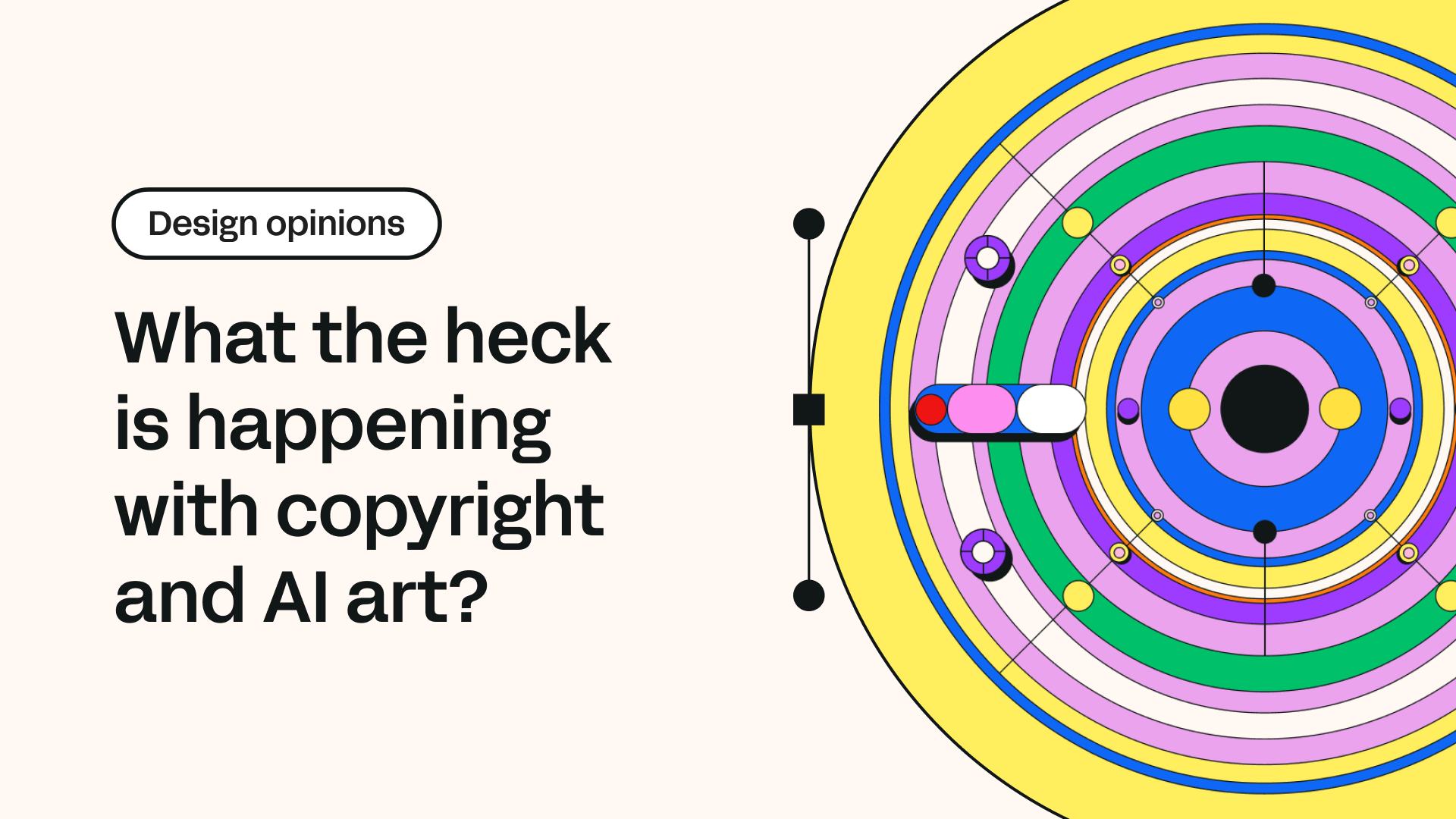
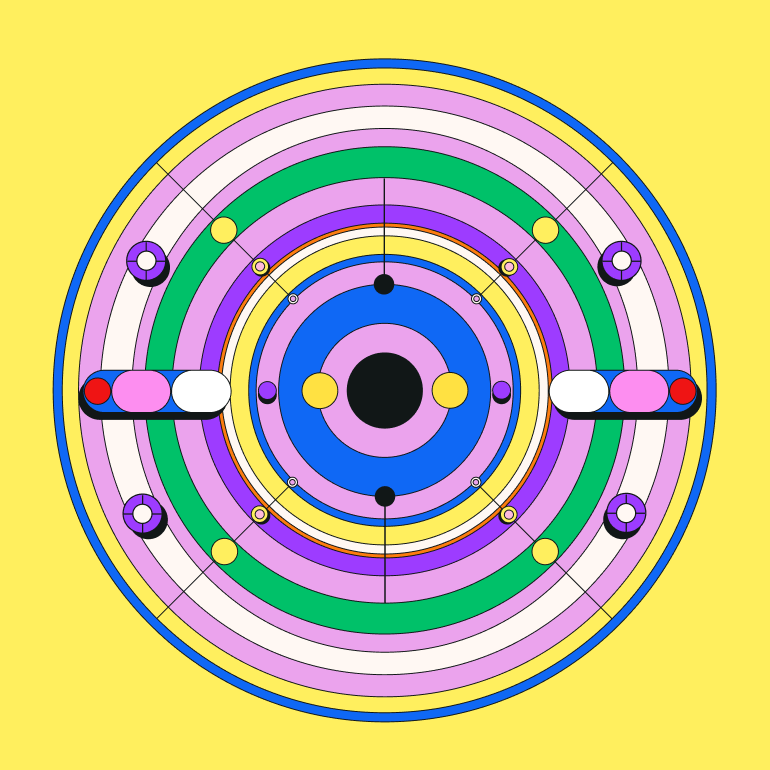
Share this!
Jonny Tiernan
Jonny is a contributing writer to the Linearity Blog.
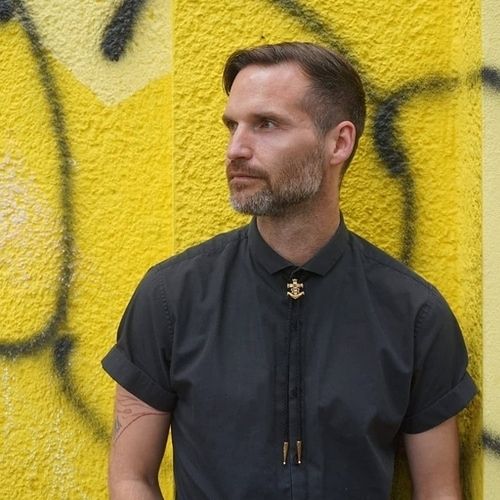

:quality(75))
:quality(75))
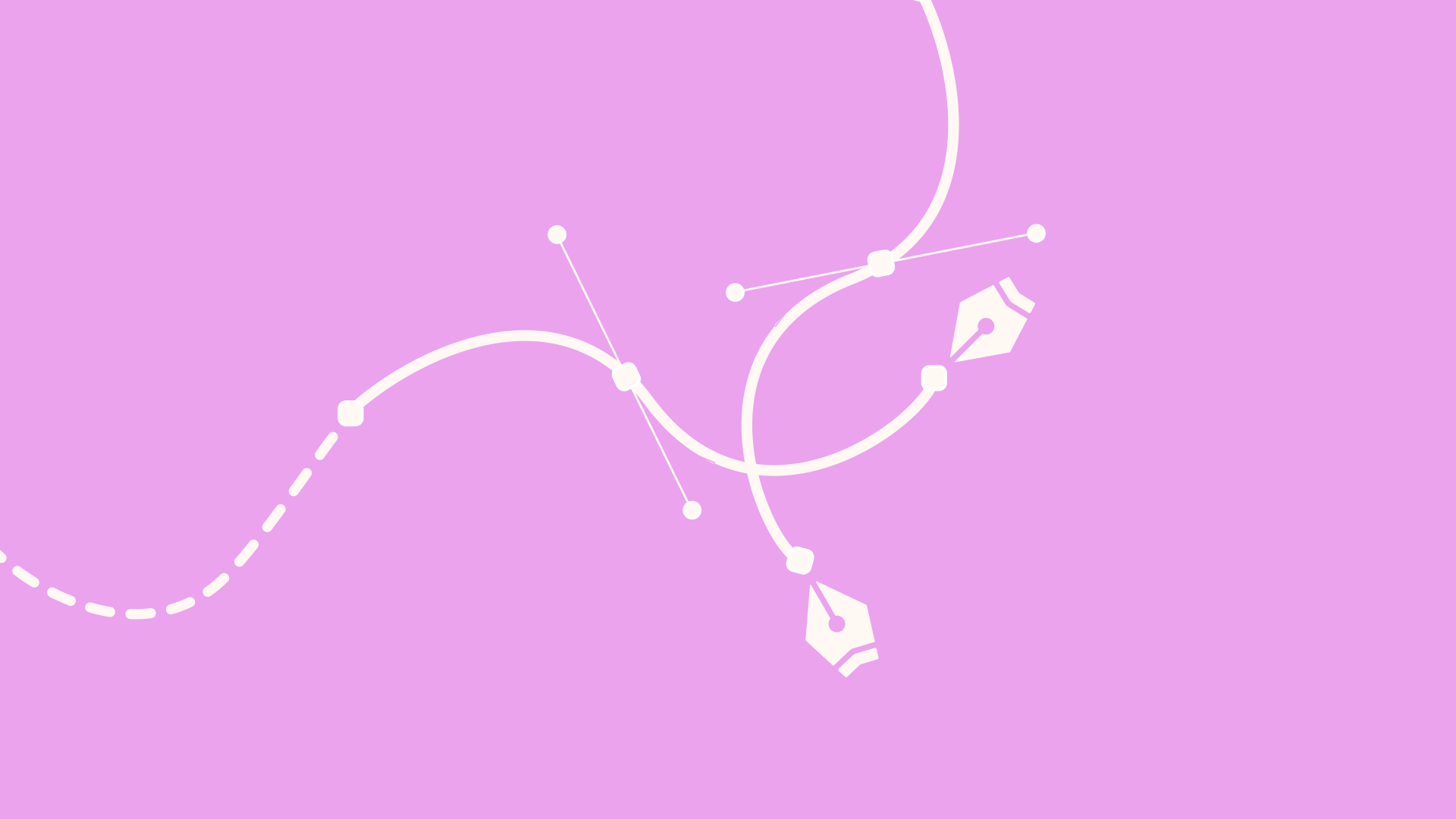


:quality(75))
